Many of us remember reading Ancient Greek literature in school, such as Homer’s Iliad and The Odyssey, and have long imagined being immersed in the history and ancient culture of Greece.
While all of Greece is rich in history, we’ve narrowed down the cities and attractions that are sure to delight the history buff in us all.
Athens
1. The Parthenon
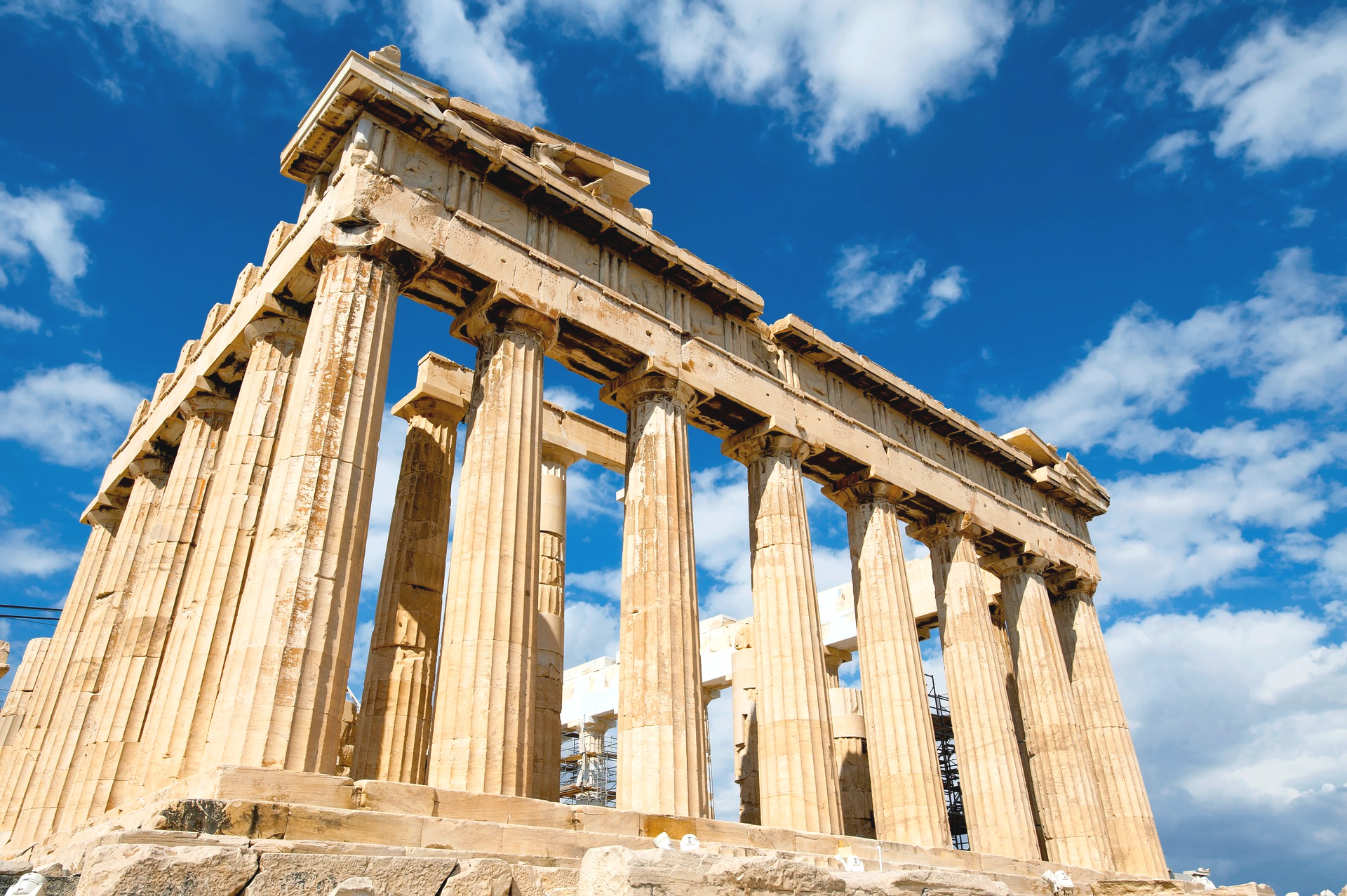
The Parthenon was once a Temple dedicated to the Goddess Athena, the patron of Athens. Built in 447 BC, this Classical Greece building maintains the reputation of being the perfect example of Greek Architecture.
The Parthenon is part of the Acropolis of Athens, an ancient citadel built overlooking the city of Athens. The Acropolis is a UNESCO World Heritage Site and contains several historically significant ruins, the most well known being The Parthenon.
2. The Ancient Agora
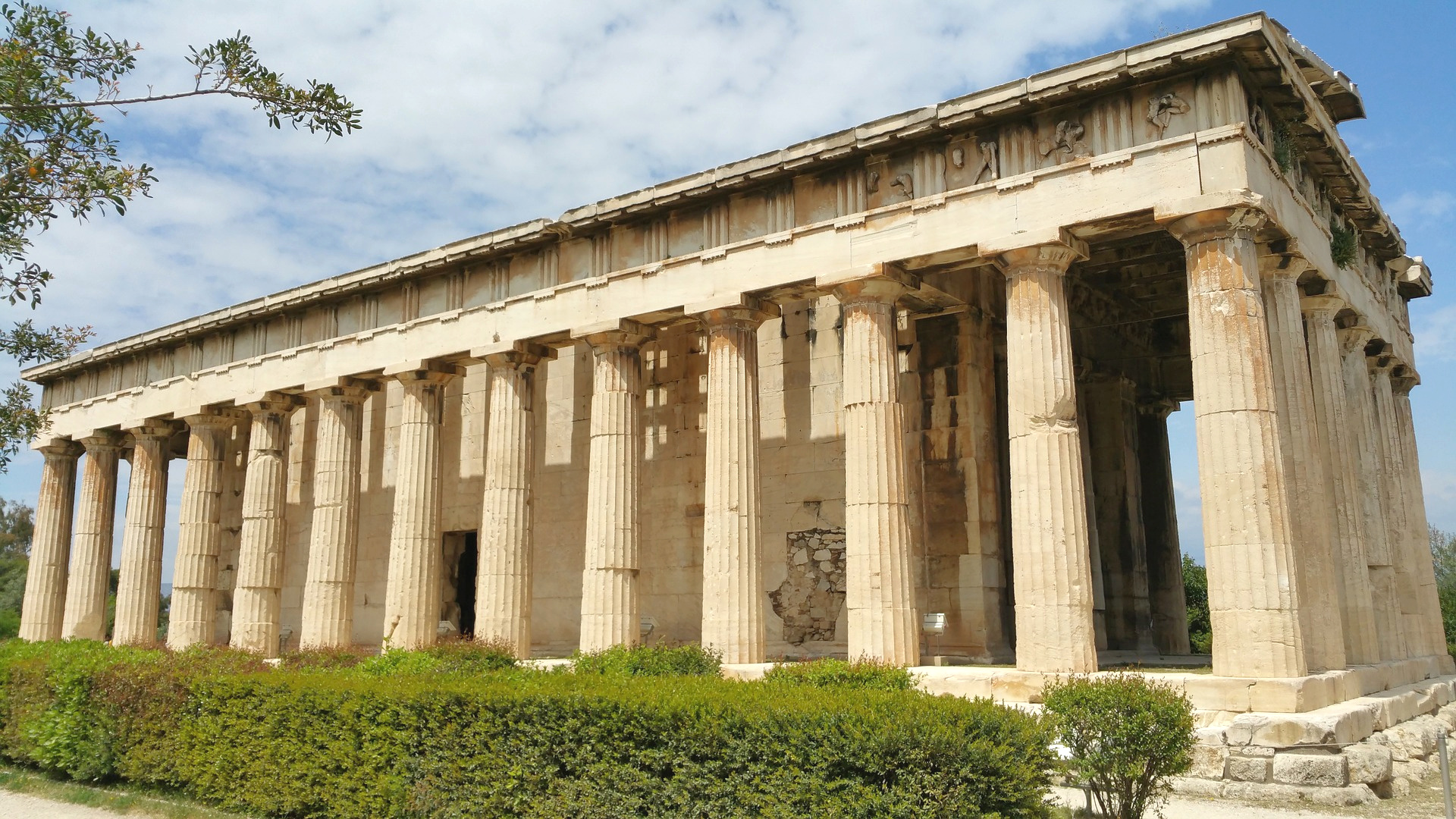
Today, the Ancient Agora of Athens is an archaeological site. However in the 6th Century BC, the Agora was a bustling marketplace where the beginning of democracy was born.
The Ancient Agora sits just below the NorthWest slope of the Acropolis. Located on the East side of the Agora is The Stoa of Attalos, which has been renovated to include the Ancient Agora Museum. The museum displays artifacts that have been excavated at The Agora.
3. The Theatre of Dionysus
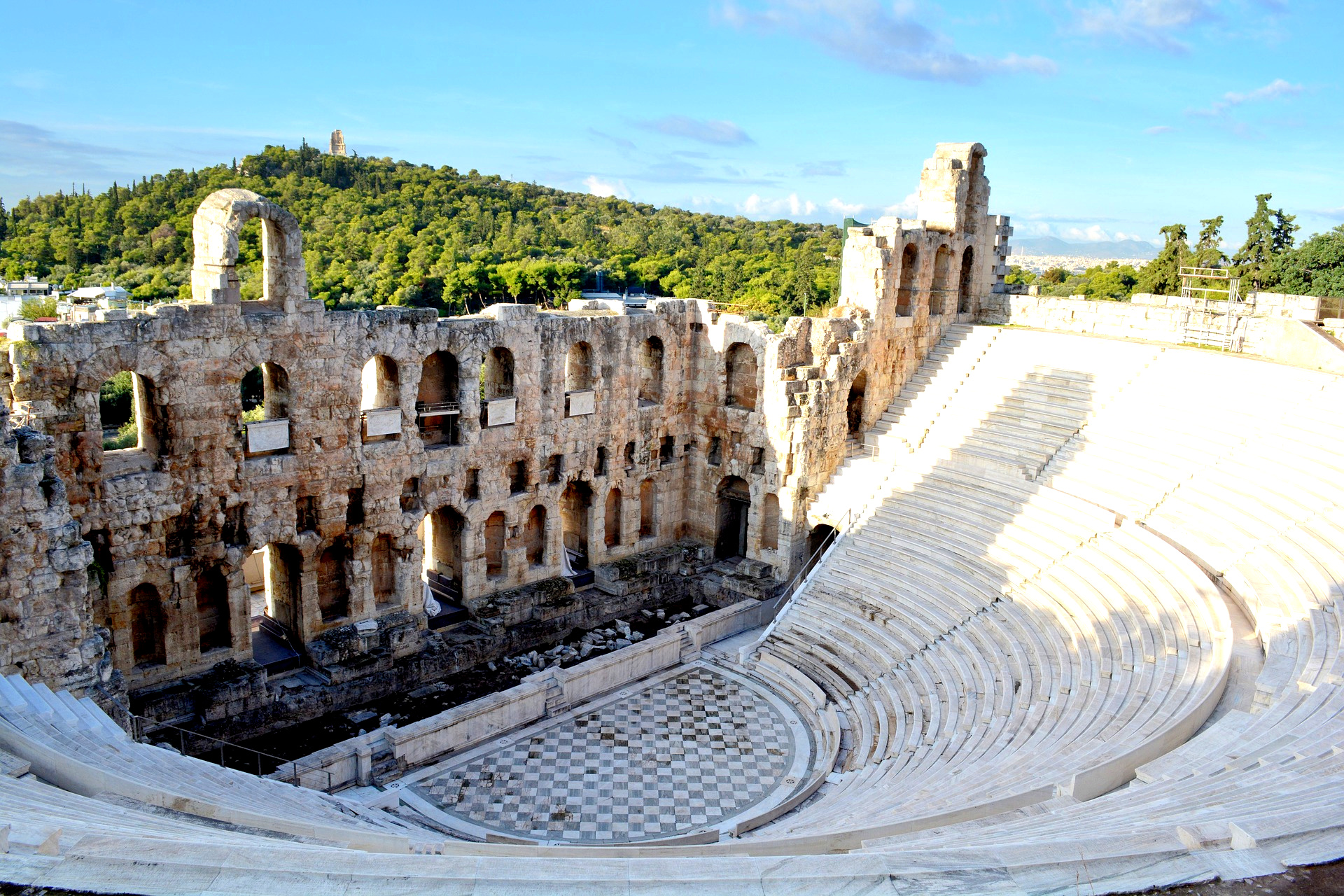
The Theatre of Dionysus is considered to be the first theatre in the world and plausibly the birthplace of Greek Tragedy. It was built at the base of the Acropolis of Athens and at one time could seat as many as 17,000 people.
The Theatre has been rebuilt a few times over the course of its life and the Roman restored version can be seen today.
Olympia
1. The Archaeological Site of Olympia

Olympia has become the most significant religious and athletic hub in Greece and is a UNESCO World Heritage Site. The Archaeological Site of Olympia includes the Sanctuary of Zeus, which contains the Altis, a sacred enclosure featuring several temples, as well as various sculptures and other works of art.
Olympia might be best known for founding the Olympic Games. Located at the Archaeological Site of Olympia are the remains of the stadium and many ancient buildings used for the Olympic Games.
2. The Archaeological Museum of Olympia
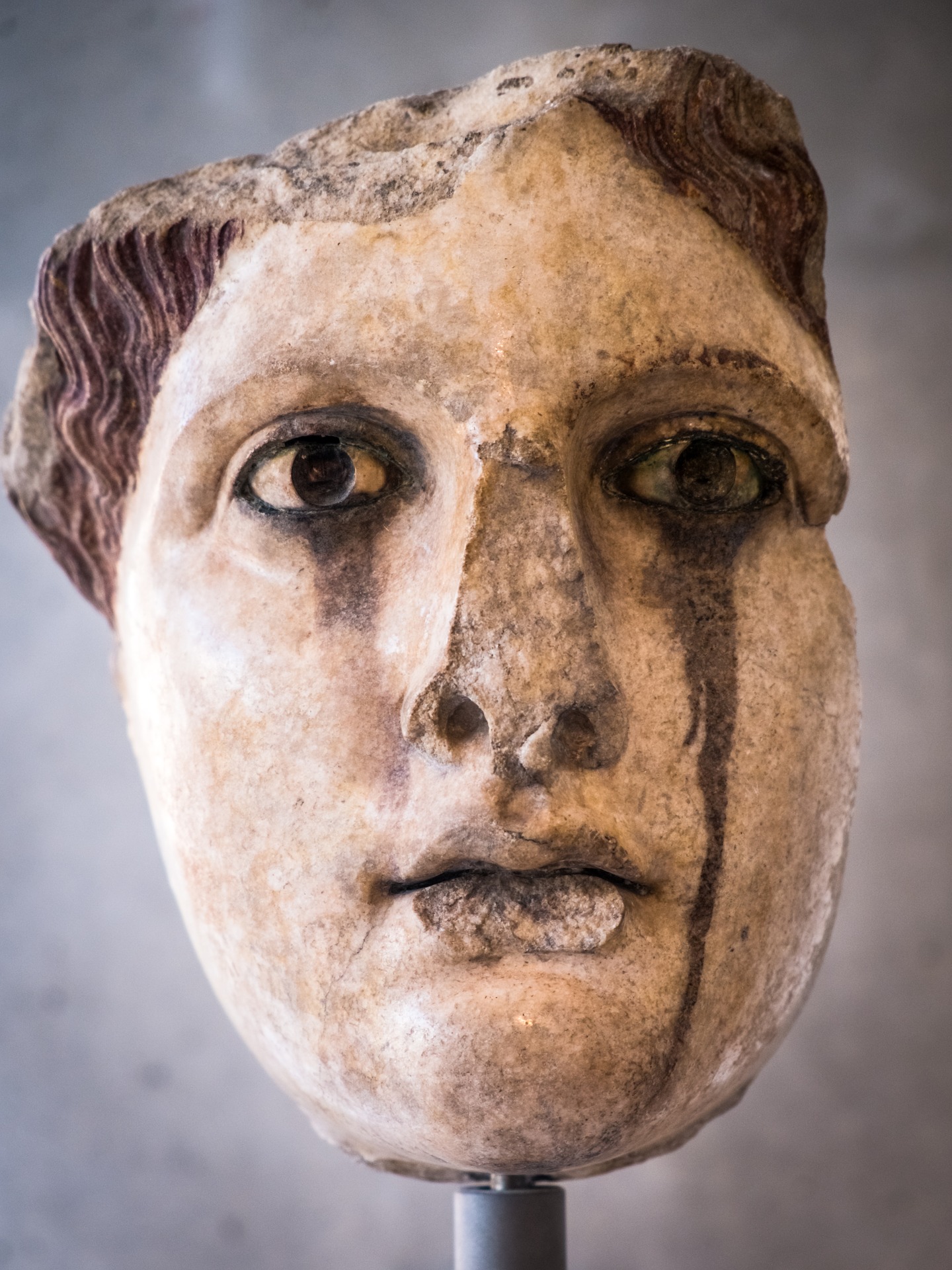
The Archaeological Museum of Olympia was originally built in 1882 and was the first museum in Greece outside of Athens. Due to damage from an earthquake in 1954 it was rebuilt in the 1970s. The building remained unused until 2004 when it was opened as a museum dedicated largely to the history of the Olympic Games.
The museum displays pieces excavated from the surrounding Archaeological Site of Olympia. Among the priceless exhibits in the museum are the sculpture exhibit, which the museum is best known for, and bronze exhibit, which is the most abundant in the world.
Meteora
1. The Monastaries 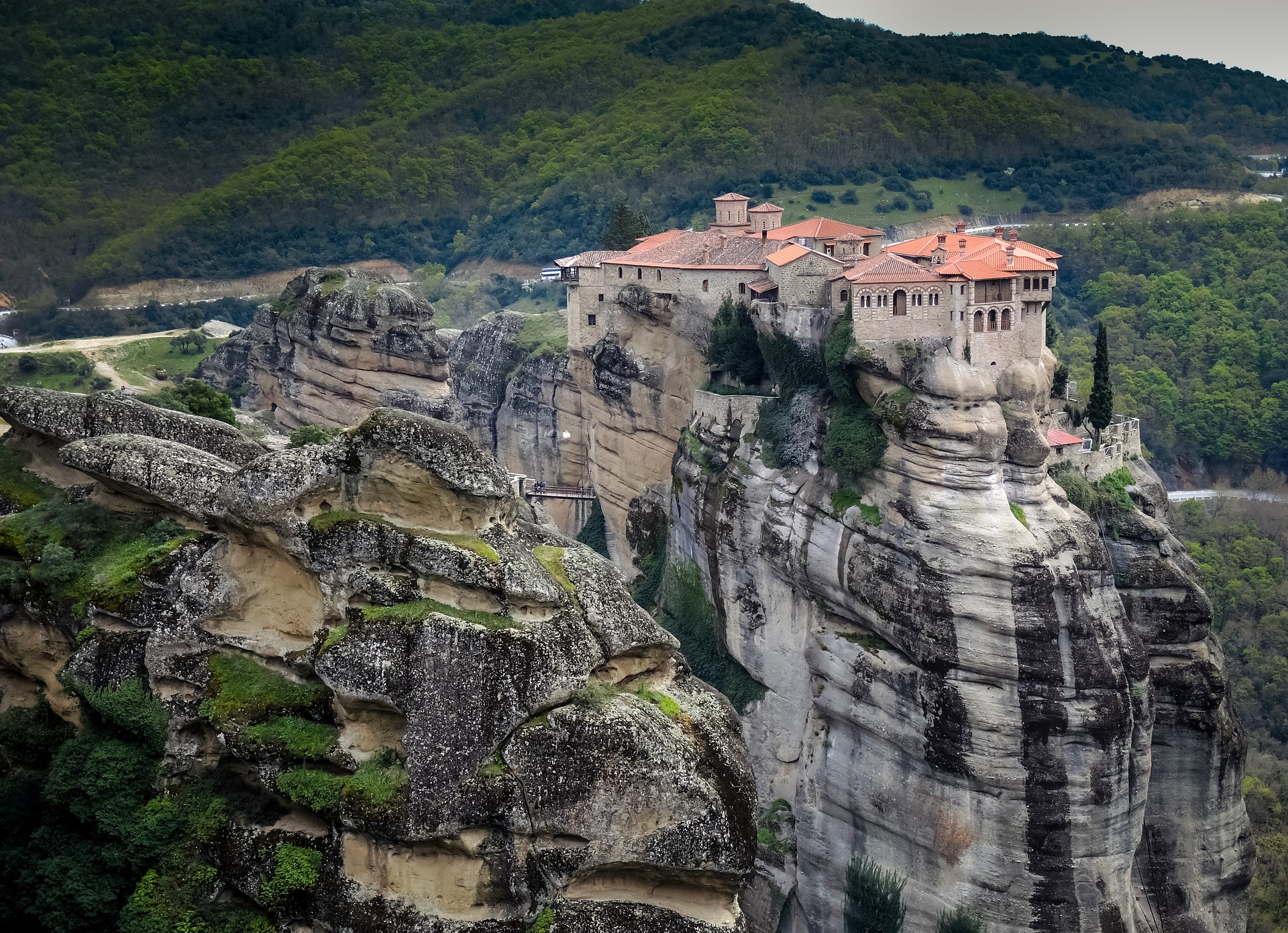

Meteora, a UNESCO World Heritage Site, is a series of rock formations where Eastern Orthodox Monasteries were built by monks in the 14th Century. Just 6 monasteries of an original 24 are still standing. These include the Monastery of Great Meteoron, the Monastery of Varlaam, the Monastery of Rousanou/St. Barbara, the Monastery of St. Nicholas Anapausas, the Monastery of St. Stephen, and the Monastery of the Holy Trinity.
The Monasteries were built to be purposefully difficult to reach, originally the only way to access them was a long ladder, which monks could pull up if they felt threatened. Today, it is possible to drive or walk up steps to each monastery.
Expert Tip: A strict dress code to enter the Monasteries is enforced. Men must wear long pants and women must wear long skirts. Sleeveless shirts are prohibited. Long pants and skirts are provided at the entrance to the monasteries if you do not have them with you.
Delphi
1. The Temple of Apollo
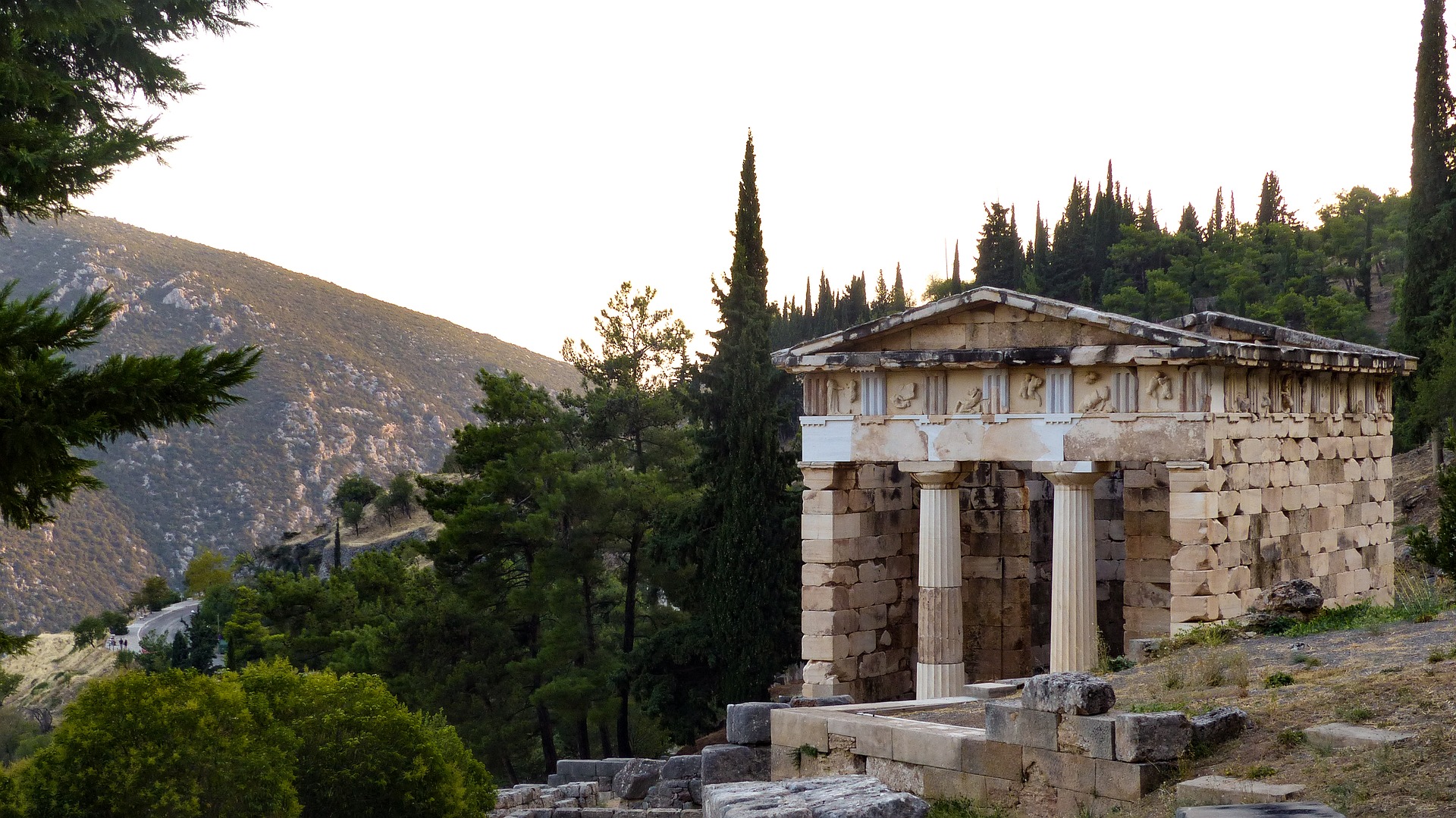
The Temple of Apollo is part of the larger Archaeological Site of Delphi, a UNESCO World Heritage Site.
According to legend, the first Temple of Apollo was constructed of laurel, the sacred symbol of Apollo. The second Temple was constructed of beeswax and feathers, followed by a bronze Temple, and finally a limestone Temple in 320 BC, which the ruins of can be seen today.
2. The Tholos
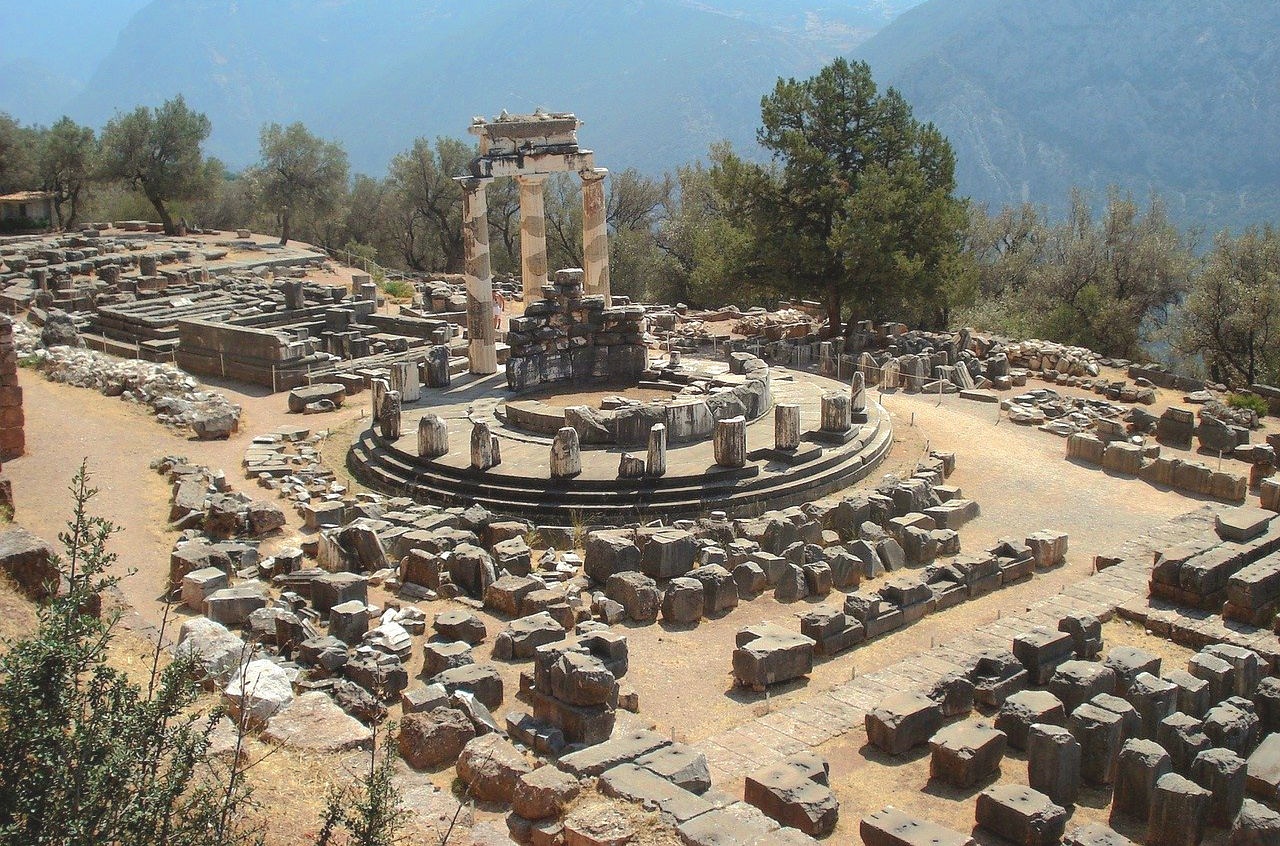
The Tholos was originally built between 380 BC and 360 BC. It is part of the larger Archaeological Site of Delphi. A UNESCO World Heritage Site.
The Tholos, meaning “circular temple,” is located in the sanctuary of Athena Pronoia. It once consisted of 20 outer Doric columns and 10 inner Corinthian columns. With three of the outer Doric columns having been restored, it makes for a popular photo spot.
Corfu
1. Palace of St. Michael and St. George

The Palace of St. Michael and St. George was built between 1819 and 1824 as the residence of the British Lord High Commissioner of the Ionian Islands. The Palace is the first building of the Neoclassical style of architecture to be built in Greece. Today, the Palace contains the Museum of Asian Art of Corfu.
The Palace Gardens overlook the water and feature Venetian stone aquariums and various trees and flowers. On the garden grounds there is a cafe that features its own art gallery filled with both local and international artists.
2. Achilleion Palace
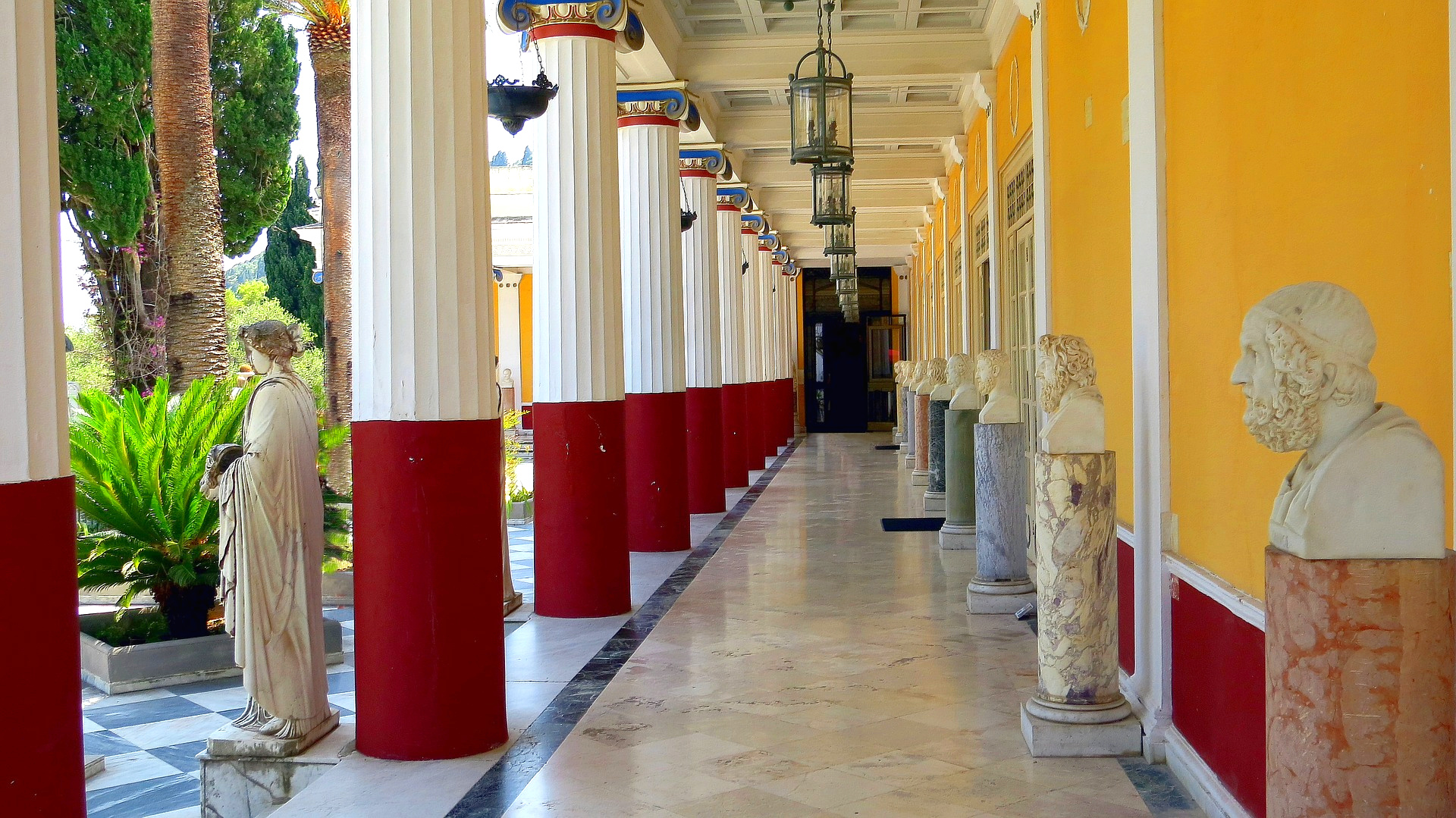
The Achilleion Palace was built for Empress Elisabeth of Austria in 1890 as a refuge where she grieved the loss of her only son, Crown Prince Rudolf of Austria. The building was meant to resemble an ancient Phaeacian palace. Phaeacia is a region in Greek mythology that is mentioned in Homer’s Odyssey.
Inside the Achilleion Palace is a portrait of Empress Elisabeth, a fresco painting on the ceiling, and several small statues. Empress Elisabeth’s Catholic Chapel, a work of art in itself, can be viewed, along with her room that still holds some of its original pieces of art.
If you’re looking for more of a Grecian beach excursion, take a look at our Island Hopping in Greece post!


